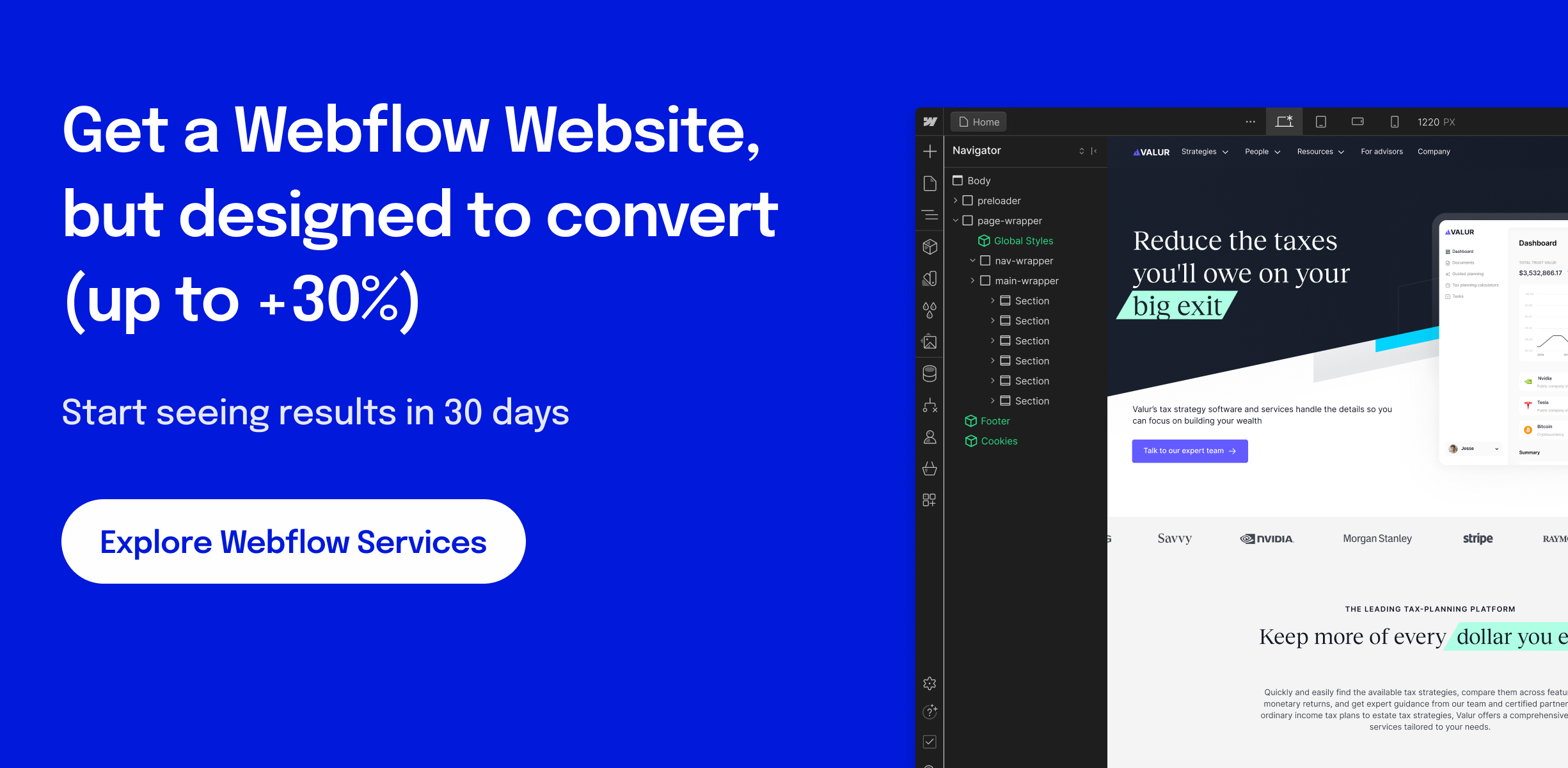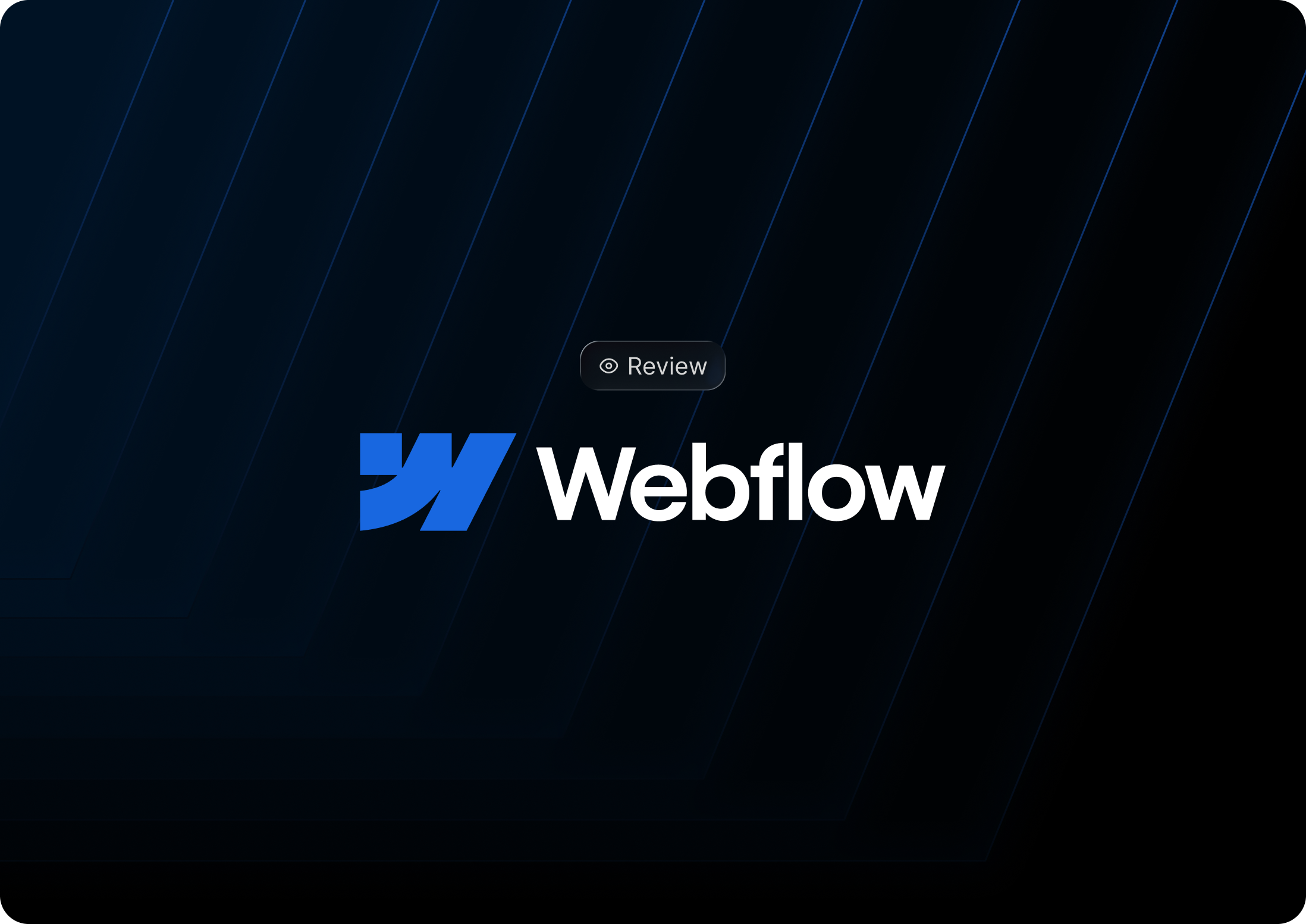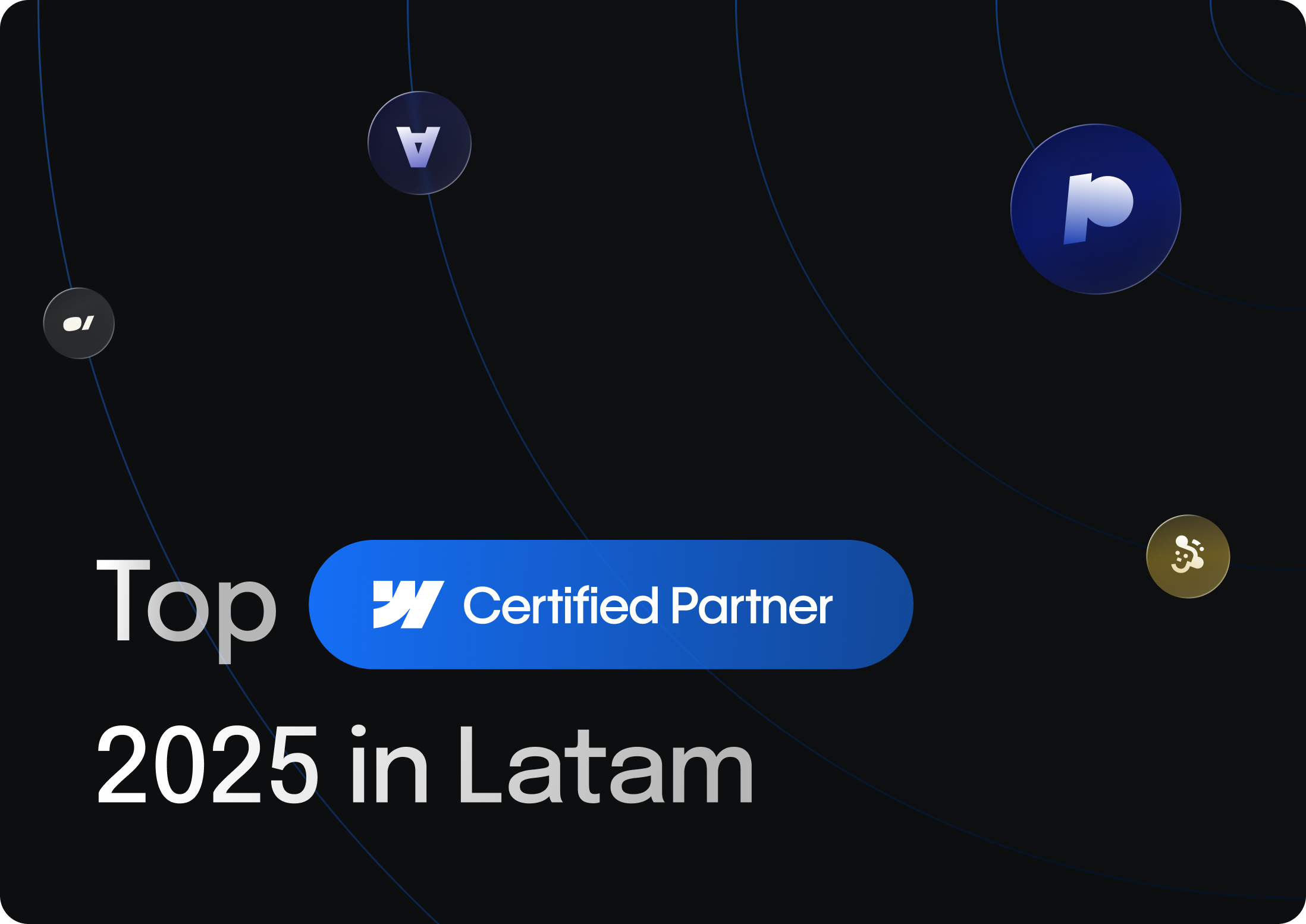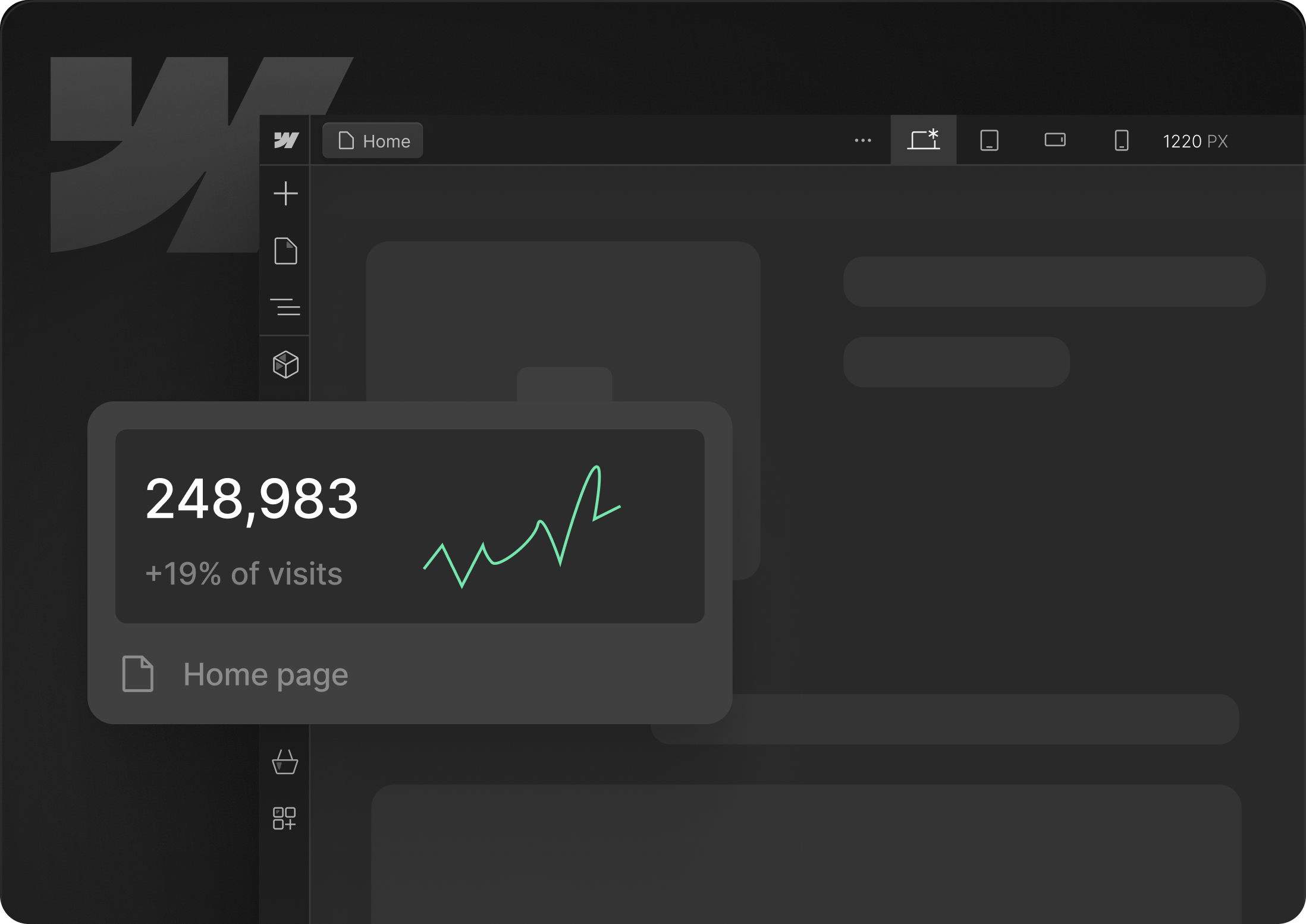Webflow’s evolution by 2025
Webflow launched with a simple promise: empower designers to build production-ready sites without writing code. Over the past five years, it has evolved into a unified platform that handles design, content management, hosting, e-commerce, and more. Today, teams can move from wireframe to launch in a fraction of the time required by traditional development workflows. Yet beneath the drag-and-drop surface lies production-grade HTML, CSS, and JavaScript—giving developers confidence in code quality and performance.
In this review, we’ll explore:
- The visual design experience and AI-powered enhancements
- CMS and e-commerce capabilities
- Hosting infrastructure and reliability
- Advanced interactions and extensibility
- Pricing plans, advantages, limitations, and success stories
By the end, you’ll have a clear picture of whether Webflow—and its thriving services ecosystem—is right for your next project.
Crafting Designs Visually—and Precisely
At its core, Webflow’s Designer interface lets you build pixel-perfect layouts with CSS Grid and Flexbox, entirely within a visual canvas. Rather than wrestling with style sheets, you:
- Drag elements onto the page, then style them via the right-hand panel
- Define breakpoints and adjust typography, spacing, and colors in real time
- Create reusable Symbols (components) for headers, footers, and other repeating modules
A notable 2025 enhancement is the AI-assistant that suggests layout improvements, flags contrast or accessibility issues, and even auto-generates lightweight animations—cutting manual tweaking by up to 30%.
A Unified CMS and E-commerce Engine
Designing pages is only half the story. Webflow’s integrated CMS lets you:
- Model content with custom Collections (blog posts, portfolios, product catalogs).
- Authorize contributors through a friendly Editor view—no designer overhead needed.
- Expose data via headless APIs for use in external apps or micro-frontends.
On the commerce side, you can build a store without any back-end code:
- Add products, variants, and subscriptions directly in the dashboard
- Configure taxes, shipping rules, and payments (Stripe, PayPal)
- Customize the checkout experience with Webflow’s visual editor
These features give marketers and small businesses a true all-in-one platform, eliminating plug-in sprawl and complex server configurations.
Hosting, Security, and Performance at Scale
Powered by a global CDN, Webflow hosting delivers:
- Instant scaling for traffic surges (no manual provisioning)
- SSL encryption and DDoS protection out of the box
- Automatic backups and one-click rollbacks to any previous version
Enterprise customers benefit from a 99.99% SLA, dedicated support, and audit logs—making Webflow a production-ready choice for mission-critical websites. Performance benchmarks in 2025 show median TTFB under 100 ms and Lighthouse scores consistently above 90.
Extensibility: Integrations and Custom Code
While no-code covers most needs, Webflow still plays nicely with code and external services:
- Custom embeds: Drop JavaScript or HTML snippets anywhere on the page.
- Native integrations: Connect Zapier, HubSpot, Airtable, and more for marketing automation or data sync.
- Marketplace widgets: From chatbots to analytics dashboards, install add-ons in seconds.
For headless or hybrid scenarios, you can pull CMS data via REST or GraphQL, or export the site’s codebase for further backend customization.

Website Pricing Plans
Choosing the right plan depends on your goals:
- Basic Site Plan
– $14 /mo when billed yearly (up to 150 static pages, custom domain, 10 GB bandwidth) - CMS Site Plan
– $23 /mo when billed yearly (adds up to 2 000 CMS items, site search, 50 GB bandwidth) - Business Site Plan
– $39 /mo when billed yearly (up to 10 000–20 000 CMS items, 300 static pages, up to 2.5 TB bandwidth)
Advantages and Limitations
Webflow shines when you need rapid iteration, visual precision, and an all-in-one hosting/CMS/e-commerce platform. Typical benefits include:
- Faster time to market: Launch in weeks instead of months.
- Design consistency: Shared Symbols and style guides across teams.
- Seamless updates: CMS edits and content publishing without a developer.
However, it isn’t a silver bullet:
- Costs can accumulate for multiple sites or advanced features.
- Designers still need a grasp of CSS fundamentals.
- Complex backend logic (e.g., custom user auth) requires external services.
Real-World Success Stories
- Startup Launchpads: Tech founders validate their MVP in days by combining Webflow’s CMS with simple headless APIs.
- Agency Workflows: Creative shops eliminate the design-to-dev handoff, speeding up client revisions and approvals.
- Enterprise Marketing: Large brands roll out localized campaign microsites without IT involvement.
- E-commerce Innovators: Brands deploy interactive storefronts with personalized content using CMS Collection hooks.
Across sectors, teams report up to 50% faster updates and a 30% reduction in hosting and maintenance costs after moving to Webflow.
Is Webflow Right for You?
By 2025, Webflow stands out as a mature, scalable no-code platform that bridges design and development. If you value speed, visual control, and an integrated ecosystem for CMS, e-commerce, and hosting, Webflow is the right tool. Evaluate your technical needs, budget constraints, and collaboration model, then choose the plan that aligns with your goals. With the right strategy and expert support, Webflow can be the engine that powers your next online presence.







